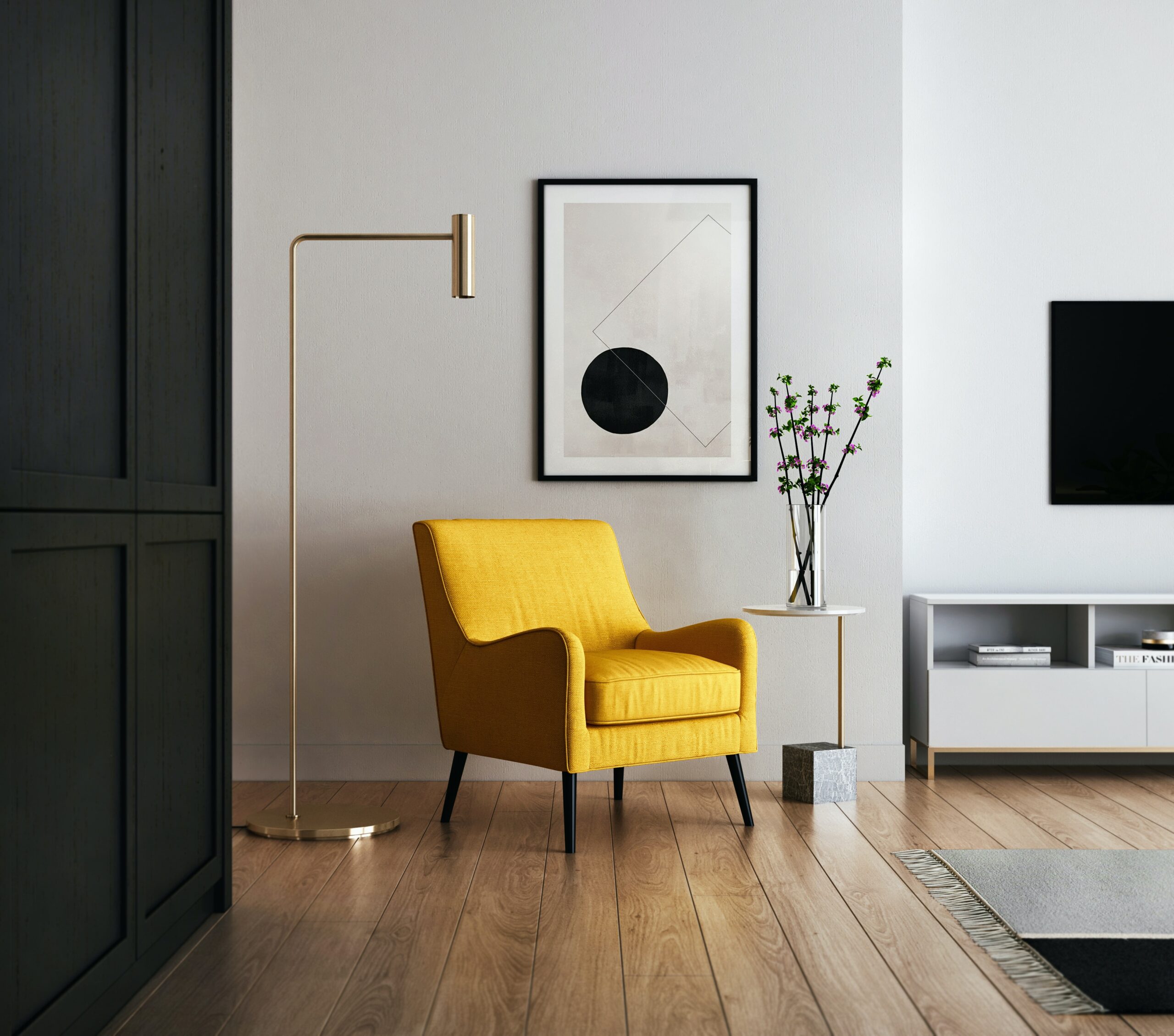[vc_row][vc_column][vc_column_text]
Intro: For those captivated by the world of aesthetics and the art of creating harmonious living spaces, embarking on a career in interior design is an exciting venture. Whether you’re a budding designer or an enthusiast looking to explore the realm of interior aesthetics, the journey begins with a few essential steps. Let’s delve into a comprehensive guide on how to start in interior design and turn your passion into a fulfilling profession.
- Cultivate Your Passion: Interior design is not just a career; it’s a passion. Begin by nurturing your love for design and aesthetics. Immerse yourself in magazines, blogs, and design websites. Attend design events and exhibitions to stay inspired and informed about the latest trends and innovations in the field.
- Educational Foundation: Consider obtaining a formal education in interior design. Many universities and design schools offer comprehensive programs that cover design principles, spatial planning, color theory, and the use of design software. A solid educational foundation provides you with the knowledge and skills necessary to excel in the field.
- Hands-On Experience: Supplement your academic knowledge with hands-on experience. Internships, part-time positions, or volunteer opportunities with established designers or design firms allow you to apply theoretical concepts to real-world projects. This practical experience is invaluable in honing your skills and building a portfolio.
- Build Your Portfolio: Assemble a strong and diverse portfolio showcasing your design projects. Include a variety of work, such as residential and commercial spaces, to demonstrate your versatility. Your portfolio is a visual representation of your skills and style, making it a crucial tool when seeking clients or employment opportunities.
- Master Design Software: Proficiency in design software is a non-negotiable skill in the industry. Invest time in mastering software like AutoCAD, SketchUp, and Adobe Creative Suite. These tools are essential for creating detailed drawings, 3D models, and visually appealing presentations that communicate your design ideas effectively.
- Stay Updated on Trends: Interior design is a dynamic field that evolves with trends and innovations. Stay informed about the latest materials, color palettes, and design styles. Following influential designers on social media, attending design conferences, and subscribing to industry publications will keep you in the loop and inspire your creativity.
- Network Within the Industry: Networking is a cornerstone of success in any industry. Attend industry events, join professional associations, and connect with fellow designers, architects, and suppliers. Building a strong network not only opens doors to collaborative opportunities but also provides insights into the business side of interior design.
- Understand Client Needs: Effective communication with clients is crucial. Develop the ability to understand and interpret clients’ needs, preferences, and lifestyles. Establishing a clear line of communication ensures that your designs not only reflect your creativity but also align with the practical requirements of your clients.
- Business Basics: Equip yourself with foundational business knowledge. Understand pricing structures, project management, and the legal aspects of interior design. Whether you plan to work independently or within a design firm, a solid understanding of business fundamentals is essential for a successful career.
- Market Yourself: Create an online presence to market your skills and services. Develop a professional website showcasing your portfolio, services offered, and contact information. Leverage social media platforms to share your work, engage with the design community, and attract potential clients.
- Seek Feedback and Learn Continuously: Be open to feedback and view it as a valuable tool for growth. Learning is a continuous process in the ever-evolving field of interior design. Attend workshops, take additional courses, and stay curious about emerging trends and technologies.
- Consider Specialization: As you gain experience, consider specializing in a niche area that aligns with your interests and strengths. Whether it’s residential design, commercial spaces, hospitality interiors, or sustainable design, specialization allows you to carve a unique identity in the competitive landscape.
Conclusion: Starting a career in interior design is a thrilling journey of self-discovery and creative expression. By cultivating your passion, gaining education and experience, building a robust portfolio, and navigating the practical aspects of the business, you can establish a fulfilling career in transforming spaces and creating environments that resonate with clients. With dedication, creativity, and a commitment to continuous learning, you’ll find yourself on a rewarding path within the vibrant world of interior design.
[/vc_column_text][vc_empty_space][vc_gallery type=”image_grid” images=”10876,10873,10869,10866,10863,10860,10854,10851,10825,10822,10813,10780,10703,10696,10694,10714,10712,10630,10626,10606,10609″ img_size=”300×300″][vc_empty_space][vc_column_text]Useful links | Interior Design | Interior Design company in Delhi NCR | Interior Design Cost in Gurgaon | Low budget interior designer in Gurgaon | Interior Design Firm | Interior Designer Ideas | Interior Designer in Noida Extension | Interior A to Z | Interior Designer in Gurgaon[/vc_column_text][vc_empty_space][vc_empty_space][vc_pinterest][vc_empty_space][vc_empty_space][vc_tweetmeme][vc_empty_space][/vc_column][/vc_row]
